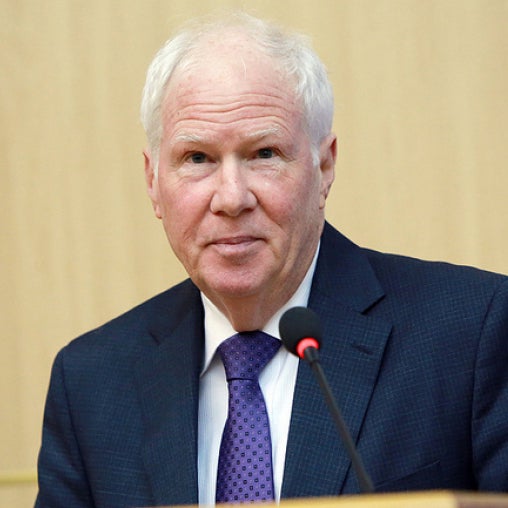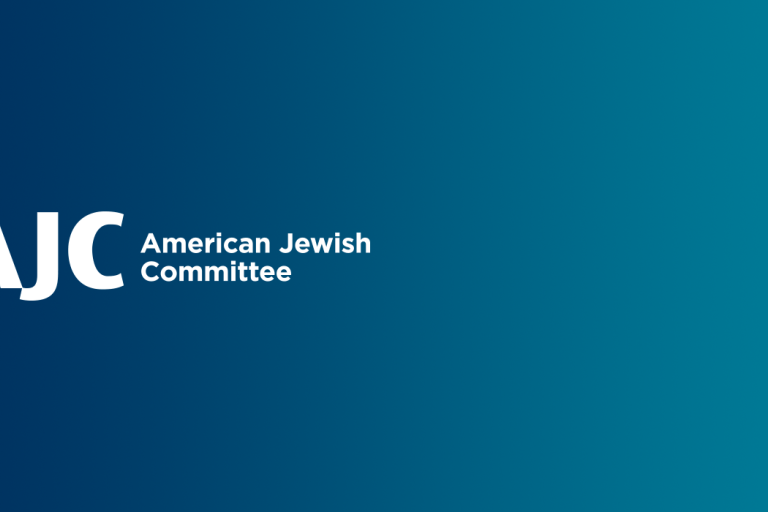December 1, 2016
Lack of agreement on how to define antisemitism undermines Jewish community security, endangers the safety of individual Jews, and leads some to question their future in Europe.
The search for a definition began some fifteen years ago, when governments were slow in responding to the resurgence of antisemitism in Western Europe, and some even proved reluctant to acknowledge that physical attacks on Jews and Jewish institutions in Belgium, the Netherlands, the UK, and France were antisemitic.
The attacks in France, home to Europe’s largest Jewish community, were the most disturbing. Many were committed by young people from suburban low-income communities whose families had come from Arab and Muslim countries. But the authorities dismissed the problem with two contradictory arguments: either these were acts of vandalism perpetrated by poor, unemployed young men and the Jewish targets were coincidental, or these were misguided political acts expressing anger toward the State of Israel, and choosing Jewish targets as its surrogate. Either way, they said, it was not antisemitism.
Few European governments were recording hate-crime statistics, and fewer still made any effort to identify those incidents that were antisemitic. As Jewish communities experienced an alarming increase in physical and verbal attacks, their own governments were blind to the phenomenon.
However, pressure from international Jewish organizations and American political leaders helped them recognize this new reality.
In 2004, the Organization for Security and Cooperation in Europe (OSCE) held a high-level conference in Berlin on antisemitism that acknowledged the resurgence of antisemitism in Europe, and declared “unambiguously that international developments or political issues, including those in Israel or elsewhere in the Middle East, never justify antisemitism.” OSCE member states promised to collect data on antisemitic hate crimes.
The European Monitoring Centre on Racism and Xenophobia (EUMC) conducted its own investigation in the (then) 15-member European Union. Its 2004 report presented a mixed but troubling picture.
The number of recorded antisemitic incidents varied widely, depending mostly on how seriously anyone was counting. The problem was not limited to right-wing extremists and neo-Nazis. Many of the incidents were now coming from parts of Europe’s growing Arab and Muslim population. Most ominous were the first-person accounts of Jewish leaders describing a level of anxiety and uncertainty not seen in decades. Some even wondered whether Europe would still be home for their children and grandchildren.
But the EUMC also acknowledged a shortcoming of its own: less than half of its fifteen monitors had a definition of antisemitism to work with, and of those that did, none were the same.
The essential monitoring work was not possible without a clear, comprehensive, and common definition. Working with academic experts and the EUMC staff, AJC developed one. Antisemitism, it stated, starts with the expression of hatred toward Jews, but can also include attacks on others who are thought to be Jews. It may contain international conspiracy theories about Jews, the traditional anti-Jewish teachings of Christianity, and Holocaust denial. It also describes antisemitism as it relates to the State of Israel—the targeting of Jews for the perceived misdeeds of Israel, and the demonization of Israel itself in which its very legitimacy is challenged.
This was issued in 2005 as a “working definition.” Not legally binding or formally adopted by the EU Member States, it serves as an educational tool and guide for civil society monitors and government authorities to help them better understand the problem and how to combat it.
Over the past 11 years a growing number of governments and institutions have employed the working definition. It is part of police-training materials in the UK; the U.S. State Department uses it to evaluate international antisemitism; and justice ministers in Austria and Germany have incorporated it into instructional programs for prosecutors and judges. Notably, this past May, the 31 countries that comprise the International Holocaust Remembrance Alliance (IHRA) adopted it for use by its members.
Now, under the leadership of Germany’s foreign minister, the OSCE is being asked to do the same at its Ministerial Meeting in Hamburg on December 9. The OSCE encompasses 57 participating states, including all of Europe, Eurasia, the U.S., and Canada. But OSCE decisions are by consensus, making agreement difficult. Nevertheless, adopting the working definition of antisemitism would be a powerful message in a difficult time.
Over the past decade there has been a growing recognition that antisemitism is a serious and widespread problem that must be vigorously confronted and combated. Governments are doing a better job of providing for the physical security of their Jewish communities and trying to address the increased volume of hate speech and antisemitic invective that plague the day-to-day lives of Jews.
A 2013 survey of Jewish perceptions and experiences conducted by the EU Agency for Fundamental Rights, the successor to the EUMC, revealed that many European Jews still feel the same anxiety and uncertainty about their future that were expressed by Jewish leaders in the EUMC interviews a decade earlier. Nearly three-quarters still hesitate to report the antisemitic incidents they see or experience, believing that nothing will be done.
A clear and comprehensive definition of antisemitism is critical to inform and strengthen the ability of governments to recognize the problem while reassuring Jewish communities that, at last, they truly understand it.
Rabbi Andrew Baker is the American Jewish Committee’s Director of International Jewish Affairs, and Personal Representative of the OSCE Chair-in-Office on Combating Antisemitism.



